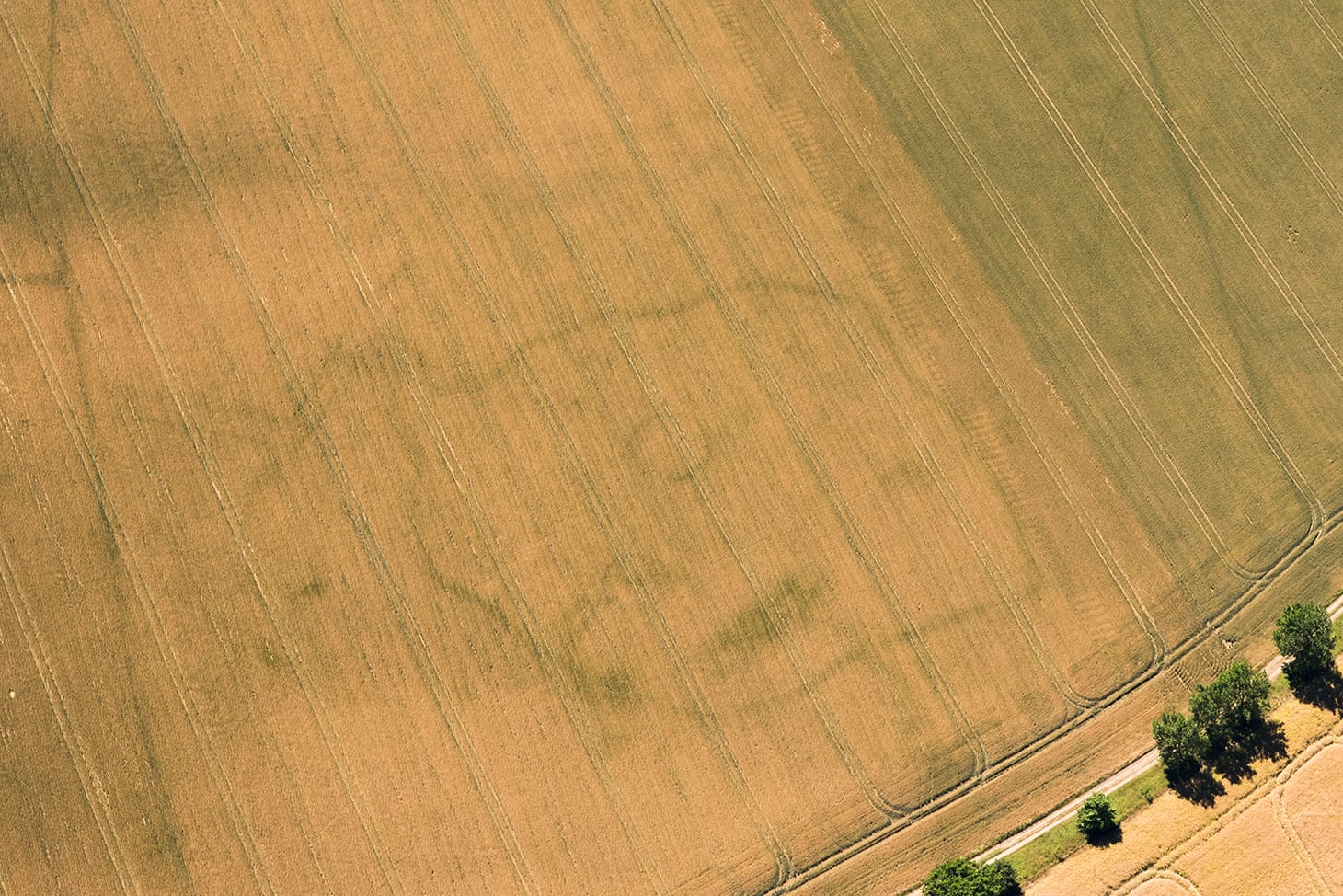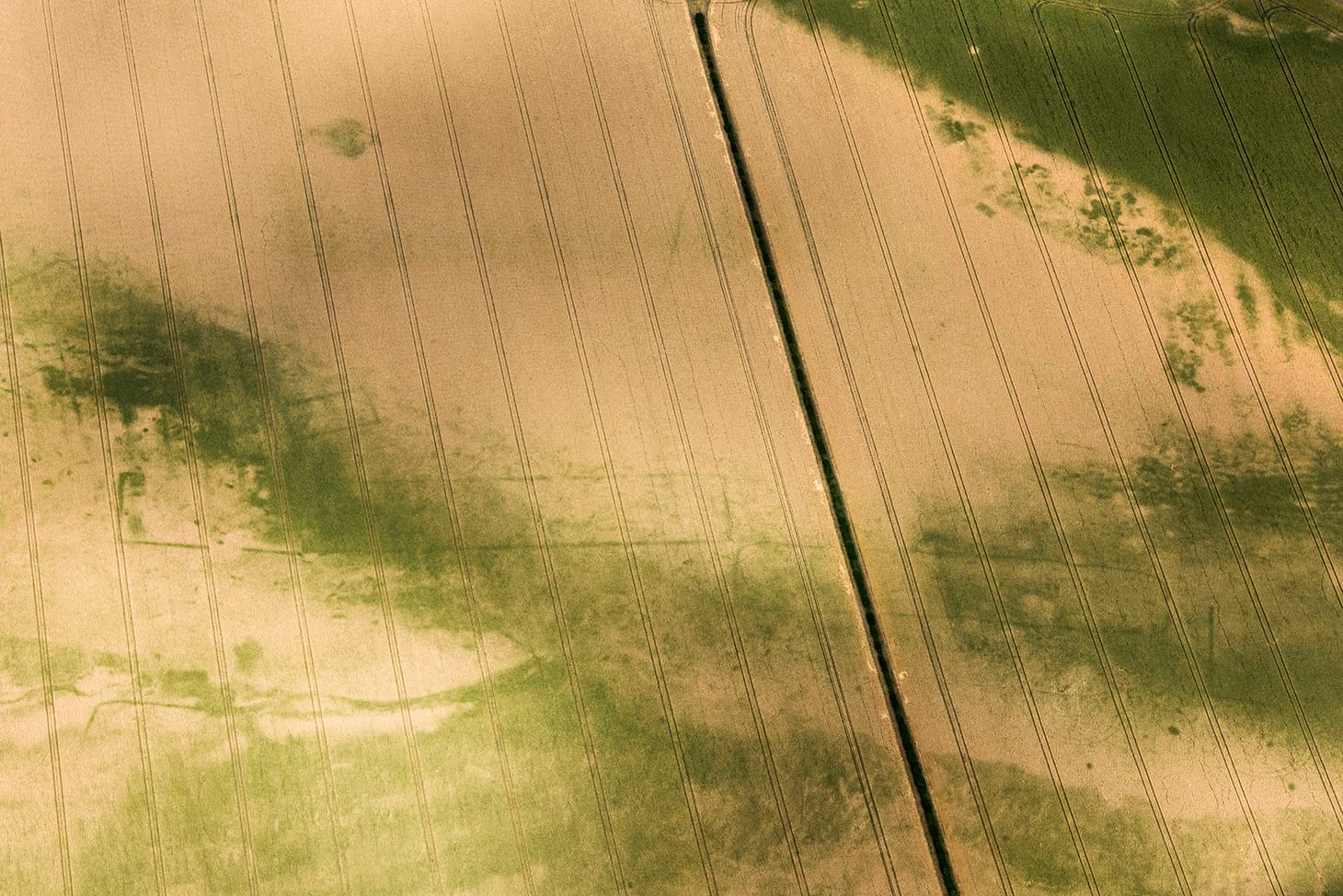Heatwave Reveals Traces of Unknown Archeological Sites in England
This summer's heat has led to a series of archeological discoveries in England.
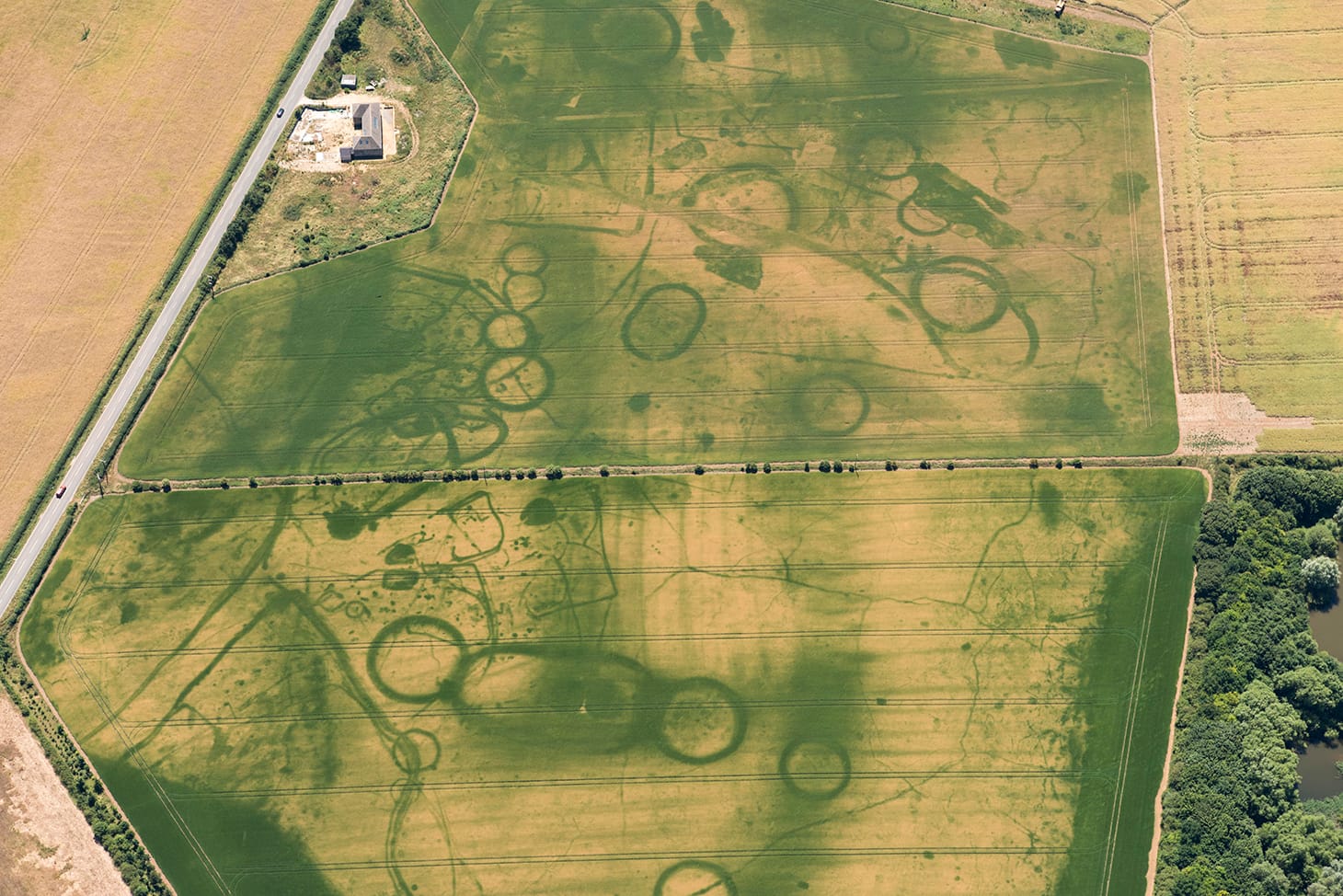
This summer’s dry heat in England has led to the discovery of hidden archeological sites across the country. The recent heatwave that has persisted over the last few months has been drying out the soil, which allows aerial archeologists to more clearly see the cropmarks across landscapes.
According to Historic England, a group tasked with preserving historical buildings and monuments, in addition to advising the central and local government, these patterns in crops and grass “reveal thousands of years of buried English history.”

Using aerial photography, archeologists create maps that help them determine the importance of different buried remains. “This has been one of my busiest summers in 20 years of flying, and it has been very rewarding making discoveries in areas that do not normally reveal cropmarks,” Historic England Aerial Reconnaissance Manager Damian Grady said. Helen Winton, who is Historic England’s aerial investigation and mapping manager, pointed out that hot weather like this hasn’t occurred since 2011, when they discovered over 1,500 new archeological sites.
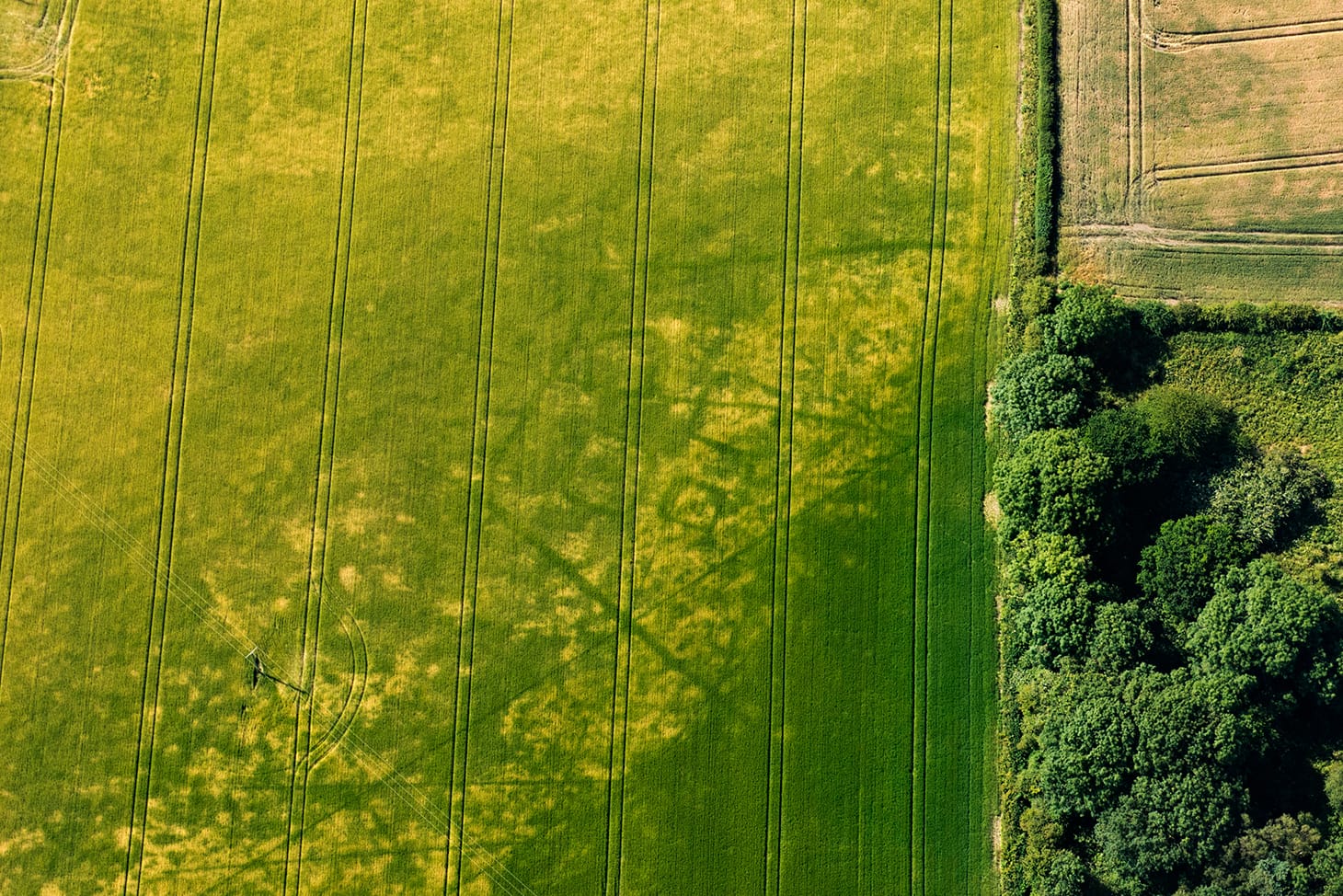
Of the new discoveries, Historic England archeologists have found Neolithic cursus monuments, Iron Age settlements, square barrows, and a Roman farm. The two Neolithic cursus monuments were both found near Clifton Reynes, Milton Keynes, England. Cursus monuments represent some of the oldest monumental structures in Great Britain and Ireland and often resemble ditches or trenches. These monuments date between 3600 and 3000 BCE, and though the function is unknown, they are believed to be enclosed paths acting as a barrier between landscape zones. Most of the cursus monuments in England have been discovered by aerial archeologists. Duncan Wilson, chief executive of Historic England, explained:
This spell of very hot weather has provided the perfect conditions for our aerial archaeologists to ‘see beneath the soil’ as cropmarks are much better defined when the soil has less moisture. The discovery of ancient farms, settlements, and Neolithic cursus monuments is exciting. The exceptional weather has opened up whole areas at once rather than just one or two fields, and it has been fascinating to see so many traces of our past graphically revealed.
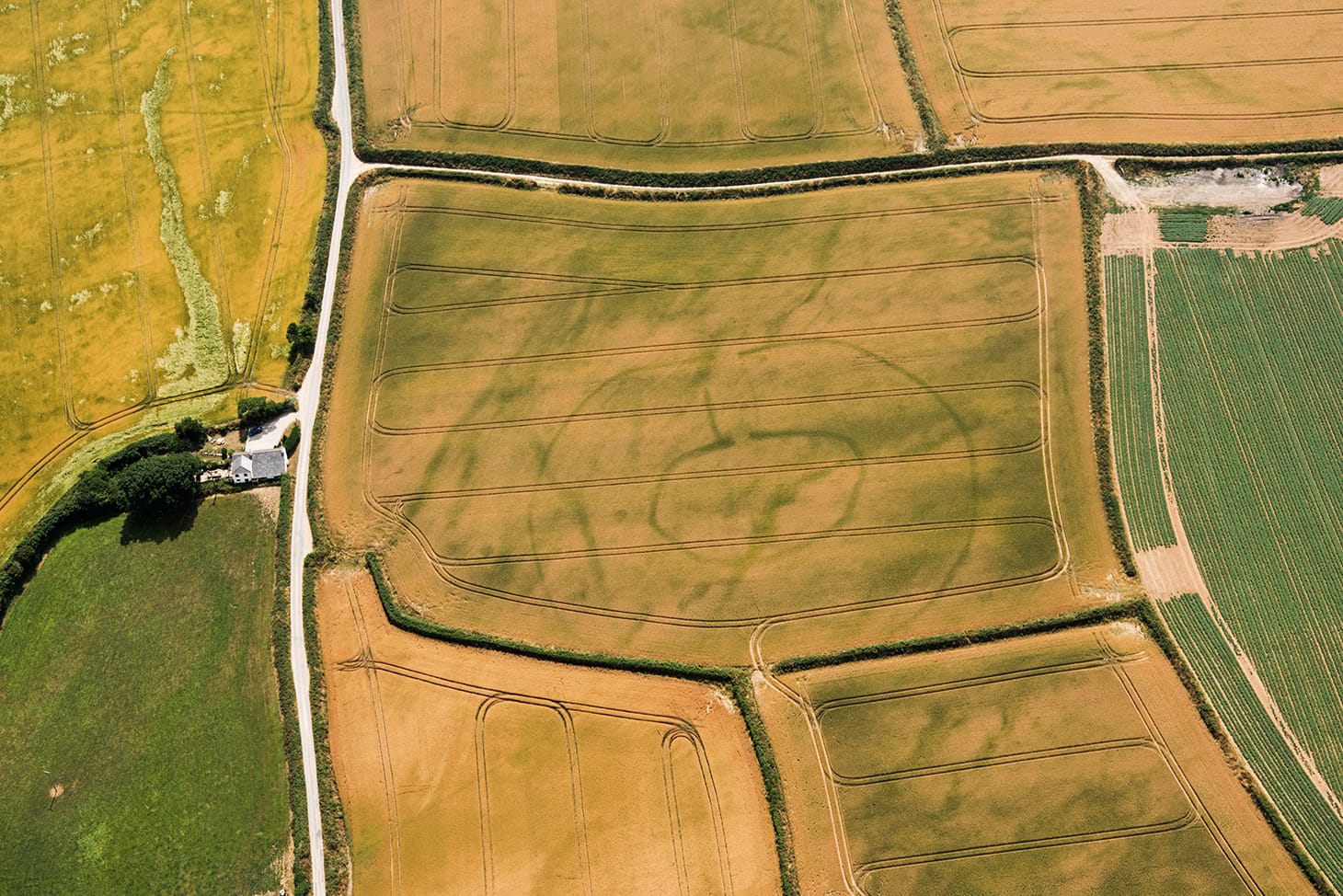

In addition to these monuments, Iron Age and prehistoric settlements were also discovered. One set of Iron Age square barrows in Yorkshire, for instance, was spotted due to the cropmarks in the form of four squares, which indicate the remains of Iron Age burial sites. According to Historic England, the “cropmarks represent the ditch surrounding a burial mound.”
Other cropmarks have revealed Roman and prehistoric farms. In Bicton, Devon, cropmarks show different phases of activity dating back to the Roman period, with indication of a central enclosure that may have contained farm buildings. Archeologists are continuing their work looking for patterns in crops and grass to illuminate hidden English history.
